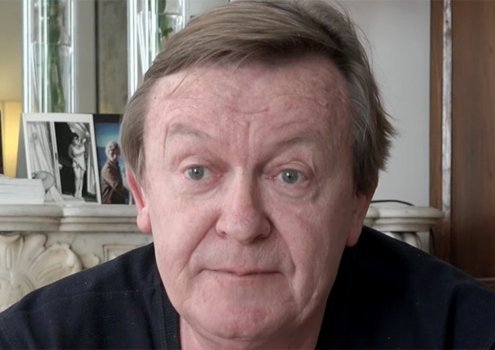Reading time: About 1 minute
I like to share interesting pieces of figurative language I encounter in my reading. I write today about a series of metaphors from Jean Echenoz…
French writer Jean Echenoz published his first book, Le Méridien de Greenwich in 1979, and received the Fénéon Prize for it in 1980. Since then, he has published 12 novels and received 10 literary prizes for them.
The one I’m writing about today is Ravel: A Novel which recounts the last ten years in the life of French composer, pianist and conductor Maurice Ravel. It wasn’t so much the story that grabbed me — it was more the brilliant use of language by Jean Echenoz.
Here are my favourite examples:
- He glances out the window of the tastefully arranged bathroom: beneath the bare trees, the garden is black and white, the short grass dead, the fountain paralyzed by frost.
- Ravel, too, is growing bored: the shadow of tedium has its foot in the door, hand in hand with the boomerang return of fatigue.
- He was observed in a black-and-white suit, black-and-white-striped socks, white shoes, and a straw hat, his arm still prolonged by his cane, the cane being to the hand what a smile is to the lips.
- That’s how an enormous military truck came to drive one day down the Champs-Élysées containing a small figure in a too-large blue greatcoat clinging to the too-big steering wheel for dear life, a wharf rat riding an elephant.
- Usually dissuasive of all hope of legibility, these signatures consist of interminable flourishes ornamented with loops, arabesques, spirals, up-and-down strokes, swooping off in all directions like dead-drunk ice-skaters…
- As refined as an ocean liner, they [high-end passenger trains] are sumptuous five-star hotels made up of fifteen eighty-ton cars, and the brow of each streamlined locomotive, with the profile of a rocket, is equipped with a colossal central headlight.
- [The house is] shaped like a quarter-wheel of brie, distinctly different in aspect when seen from the street and the garden, it contains five or six rooms as cramped as nests, linked by a spindly staircase and a hallway one person wide.
[Photo credit: librairie mollat. Cropped. Licensed under the Creative Commons Attribution 3.0 Unported license.]


